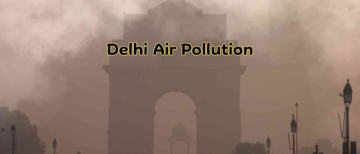Temperatures in North India are currently above 47 degrees Celsius, making it very hot. An extreme weather event called a "heatwave" by the India Meteorological Department (IMD) has destroyed the lives of millions of people and shows how weak our communities and services are.
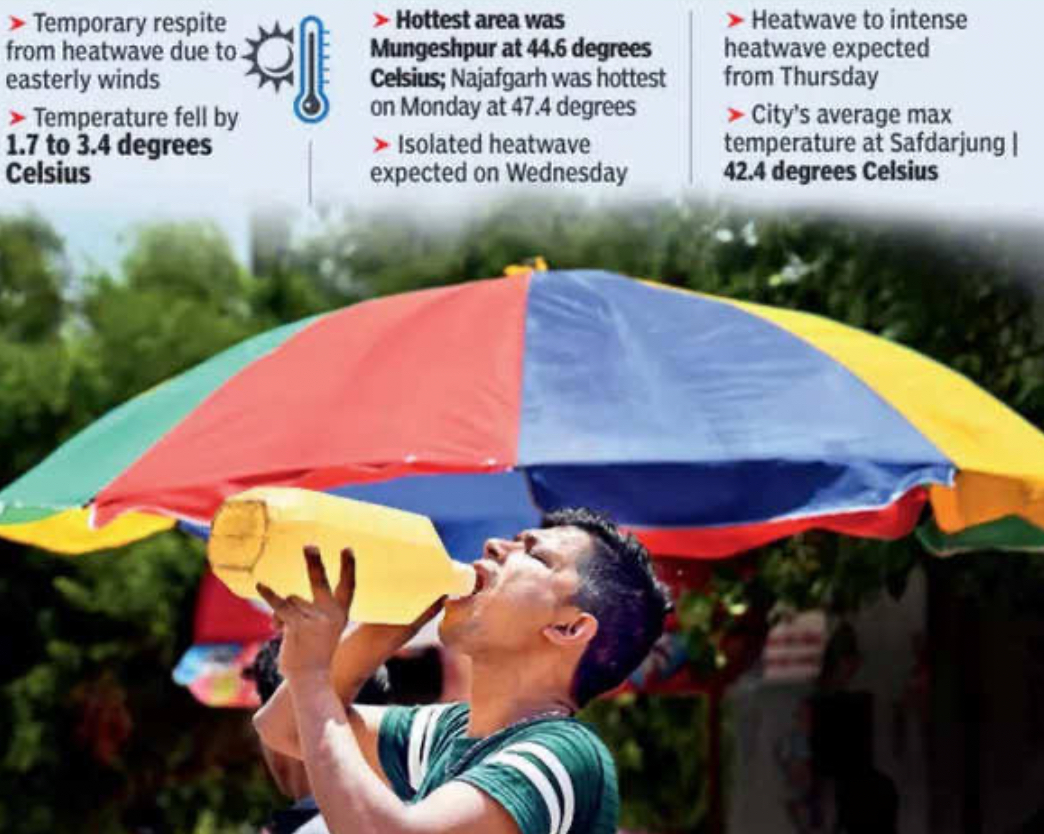
Understanding Heatwaves
A heatwave is defined in a certain way by the India Meteorological Department (IMD). To call an area a heatwave, the highest temperature must be at least 40°C in the plains, 37°C along the coast, or 30°C in the hills, and it must be more than 4.5 notches above the normal temperature. Even scarier is a "severe" heatwave that brings the temperature above 6.4 notches.
A Geographical Breakdown
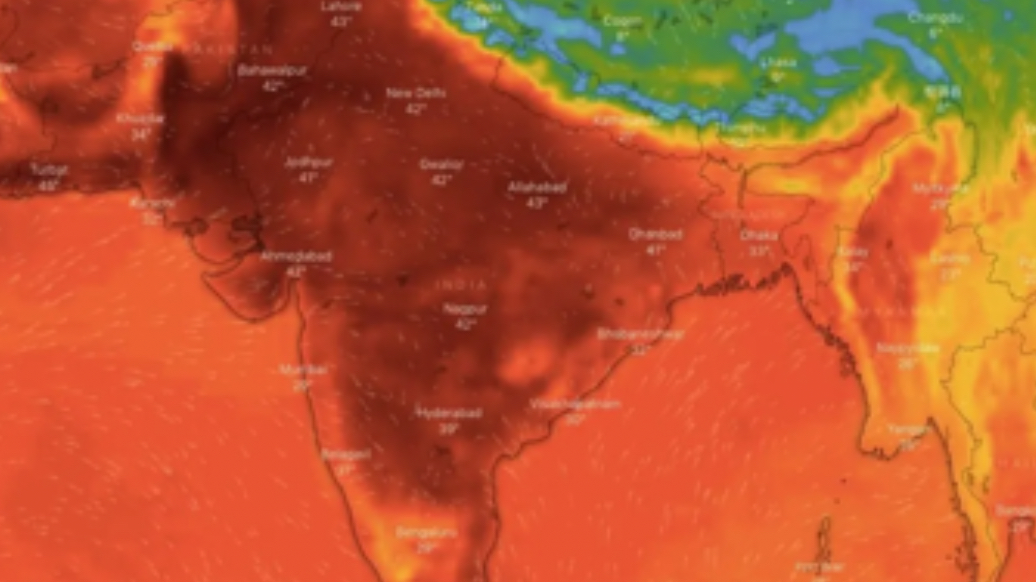
Since mid-May, several North Indian states have been under the relentless grip of a severe heatwave. Here's a state-by-state breakdown:
Delhi: The national capital has witnessed its peak power demand reaching record highs for May, with temperatures breaching the 47°C mark. Authorities have issued red alerts to warn of ongoing heatwave conditions.
Rajasthan, Haryana, Punjab, and Uttar Pradesh: Large swathes of these states have experienced temperatures exceeding 45 °C, disrupting daily life and forcing school closures.
Madhya Pradesh: While not as severe as the aforementioned states, Madhya Pradesh has also seen pockets with temperatures exceeding 45 °C.
The Scorching Reality: The Heatwave's Impacts
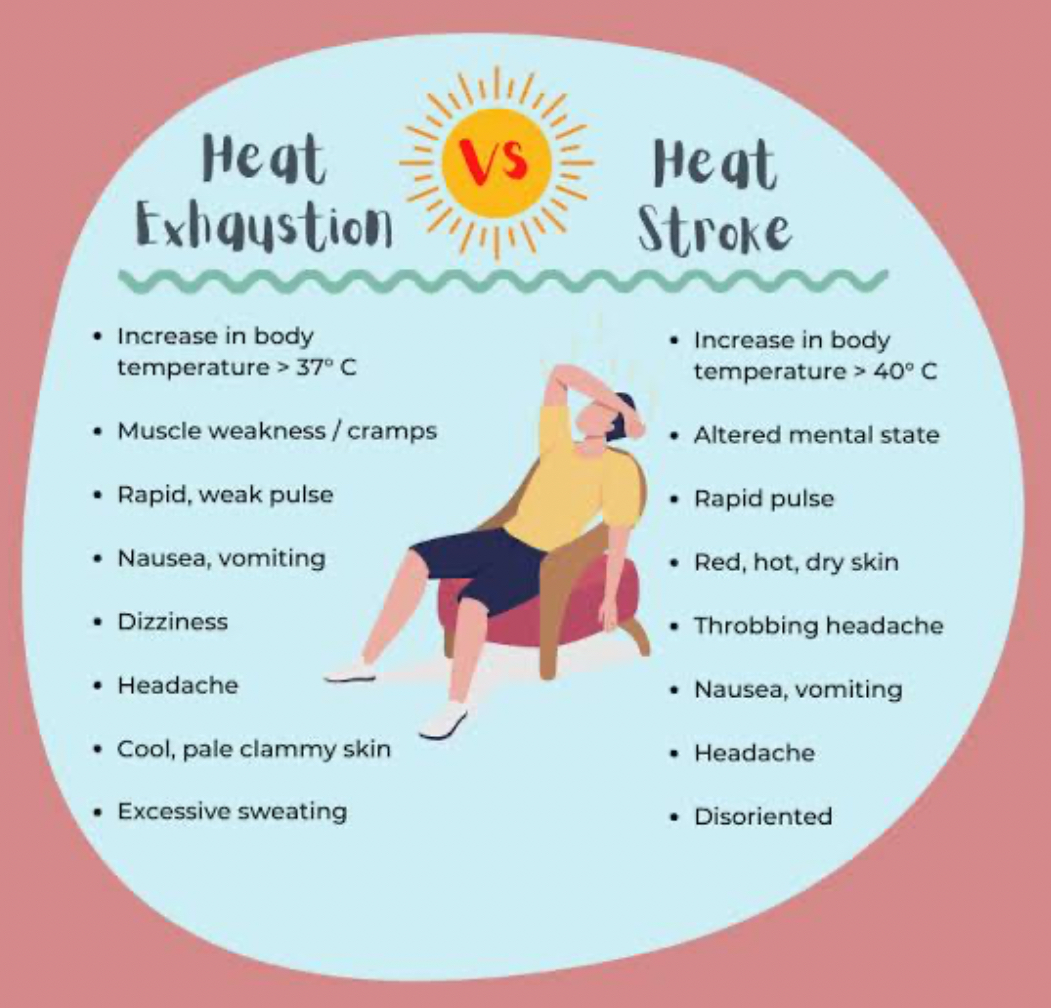
The heatwave's consequences are widespread and severe.
Health Risks: Extreme heat poses a significant health risk, especially for vulnerable populations like children, the elderly, and those with pre-existing medical conditions. Heatstroke, dehydration, and heat exhaustion are major concerns.
Disrupted Daily Life: The scorching temperatures make it challenging to work outdoors, leading to reduced productivity and economic losses. Daily activities become difficult, forcing people to remain indoors during the hottest part of the day.
Power Outages: The increased use of air conditioners and coolers to cope with the heat has pushed power demand to record highs. This surge strains the power grid, leading to outages in some areas.
Impact on Agriculture: Heatwaves can significantly impact agricultural production by affecting crop yields and scorching livestock.
Water Scarcity: High temperatures increase water evaporation, putting additional strain on already stressed water resources.
Warning: Red Alert: Take Action
The Indian Meteorological Department (IMD) has sent out a "red alert" for Delhi and parts of Rajasthan, Punjab, Haryana, and western Uttar Pradesh, saying that the heatwave will last for several more days. This serves as a clear reminder of the urgency of taking immediate action.
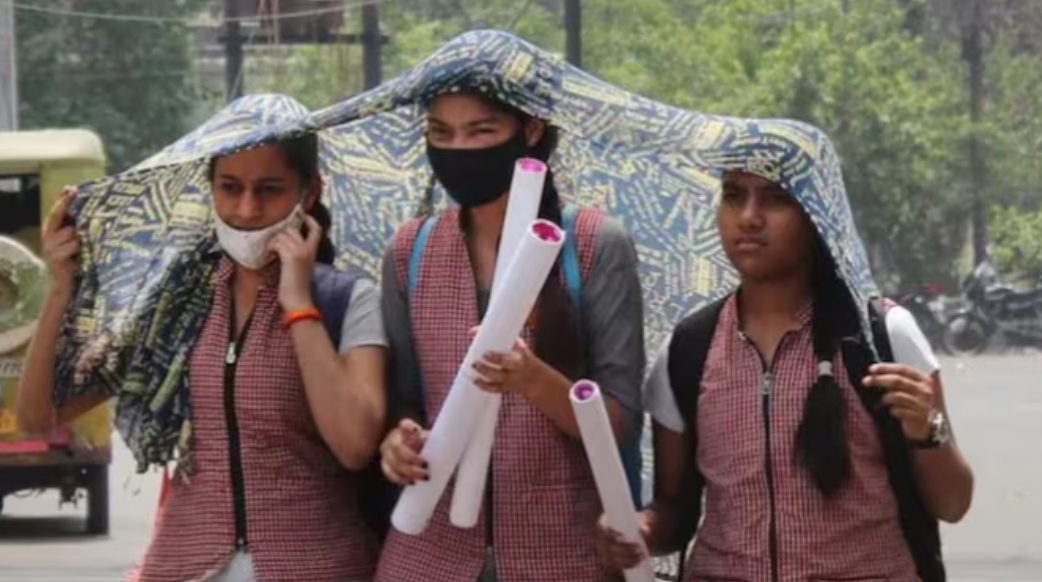
The government's plans include:
Closure of schools: Many state governments, including Delhi's, have ordered the closure of schools due to the high temperatures.
Heatwave Warnings: During peak heat hours, the IMD has been sending out heatwave warnings, telling people to stay inside, drink lots of water, and avoid stressful activities.
Using coping mechanisms:
• To prevent dehydration, drink plenty of water and choose cool options.
• Wear comfortable, light-coloured, open clothes to maintain body temperature.
• Limit physical activity during the hottest hours (noon to four o'clock).
• Properly use cooling devices to prevent power grid overload.

Looing Ahead: Building Resilience
The current heatwave underscores the need for long-term solutions to build resilience against such extreme weather events. Here are some key areas of focus:
Urban Planning: Developing heat-resilient urban infrastructure that incorporates cooling techniques and green spaces can make a significant difference.
Implementing water conservation: measures and improving water management practices are critical to ensuring sufficient water resources during periods of high demand.
Upgrade Power Infrastructure: Investing in upgrading and expanding power generation and distribution capacities can help meet the growing demand for electricity, especially during heatwaves.
Combating climate change : through aggressive emission reduction strategies is critical to preventing the frequency and intensity of heatwaves from increasing further.
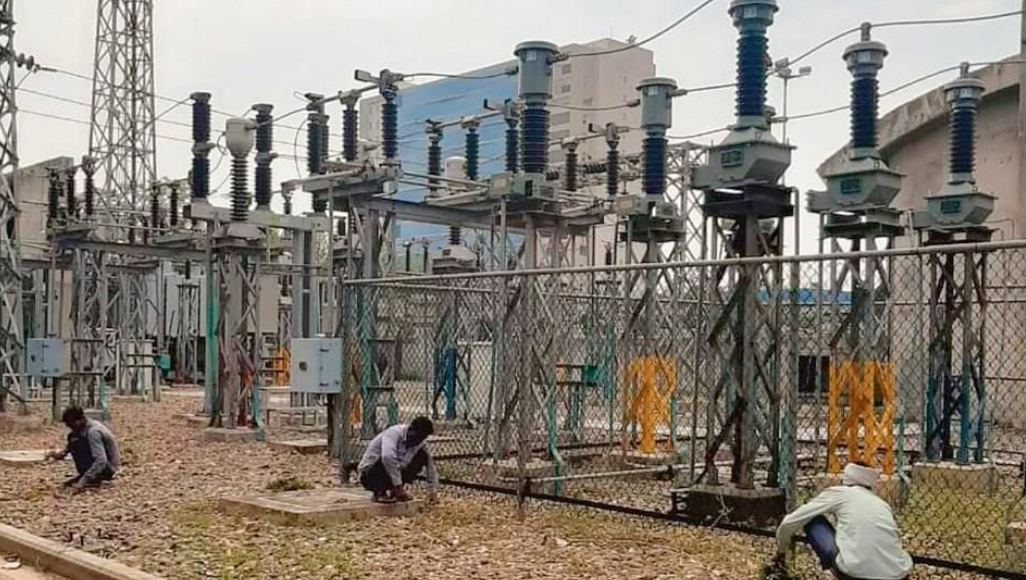
Conclusion
The ongoing heatwave in North India is a stark reminder of the growing threat posed by extreme weather events. While immediate measures are crucial to mitigating the current crisis, a long-term approach focused on building climate resilience is essential. By adopting sustainable practices, investing in infrastructure upgrades, and prioritising public health, we can create a future where communities are better equipped to withstand the scorching heat and ensure a safer, healthier environment for all.
Image Source: Multiple Agencies
Inputs from Agencies
© Copyright 2024. All Rights Reserved Powered by Vygr Media.











